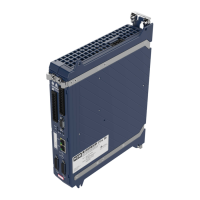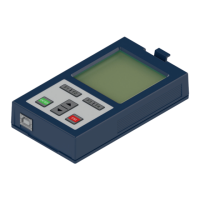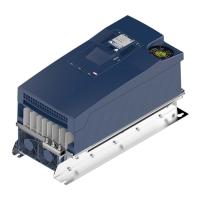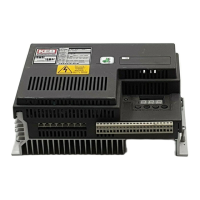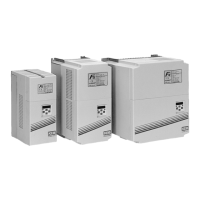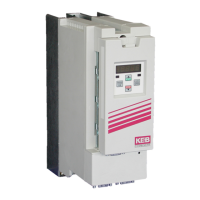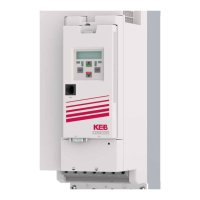A voltage amplitude is calculated from the motor data,
which shall offer a current of 10% of the rated current.
The automatically calculated amplitude can be changed
via this factor.
The "hf detection" mode consists of two identification steps.
The difference between Ld and Lq is used in the first test step for rotor position de-
tection.
The frequency of the test signal is determined with dd22.
dd10 displays the information content of the first test signal. Parameter dd09 de-
fines the level when an error shall be triggered if the information content is not suf-
ficient. 20% should be selected as starting value.
Generally, the frequency of the test signal should not exceed 1/8 of the switching
frequency. Maximum 500Hz can be selected in dd22 at 4kHz switching frequency
(is10). This frequency is sufficient in many cases and minimizes the noise develop-
ment in the motor.
Subsequently, the polarity of the system position is determined with a second test
signal (the "five step" signal => previous chapter).
The level for the information content of the second test signal (which triggers an
error) can be adjusted in parameter dd07. Since only the polarity must be detected
here, dd07 can be selected smaller than in the real "five step" mode (e.g. 3%).
Several different electrical positions should be tested for the reliability of the rotor
position detection at start-up.
